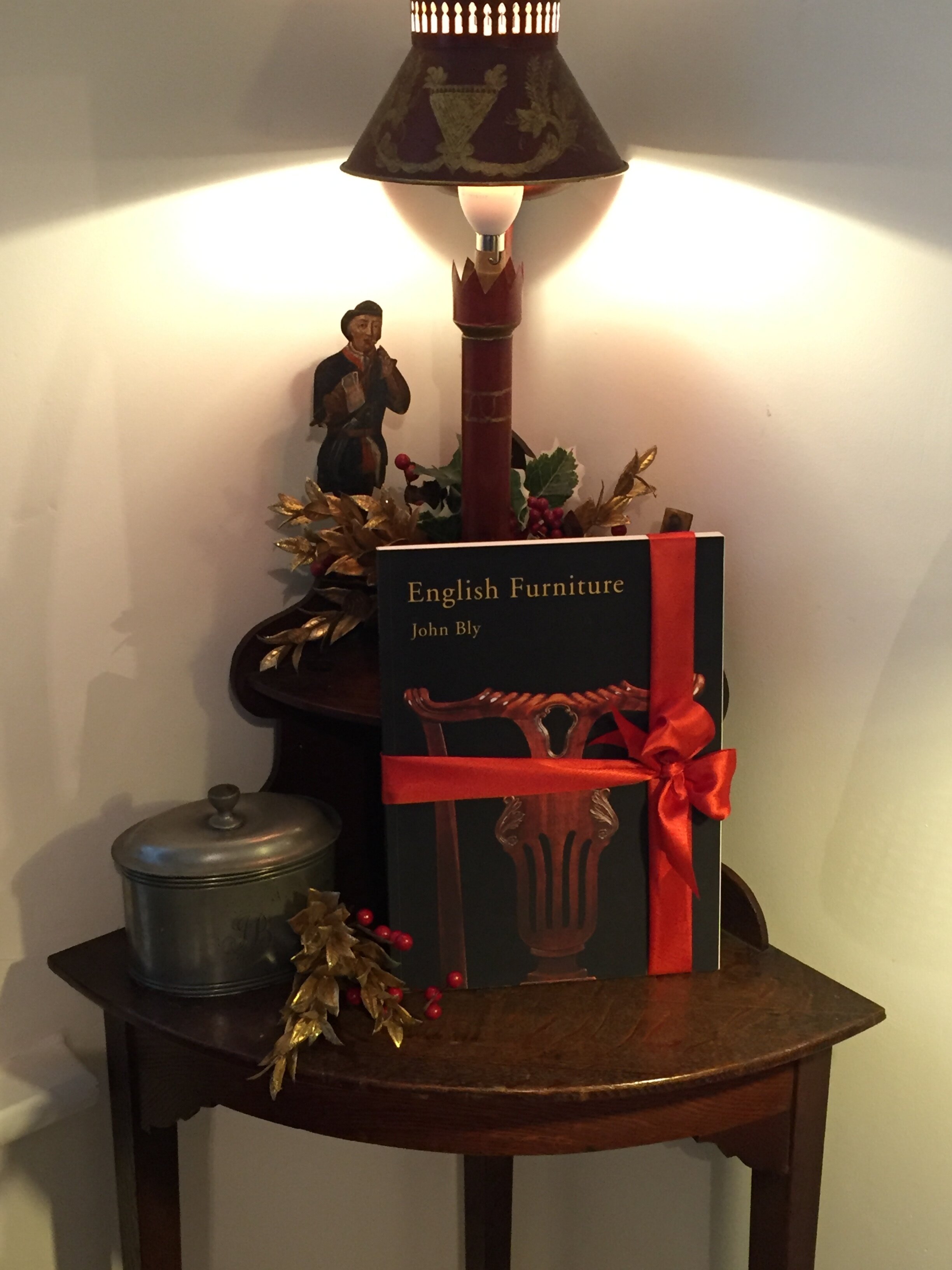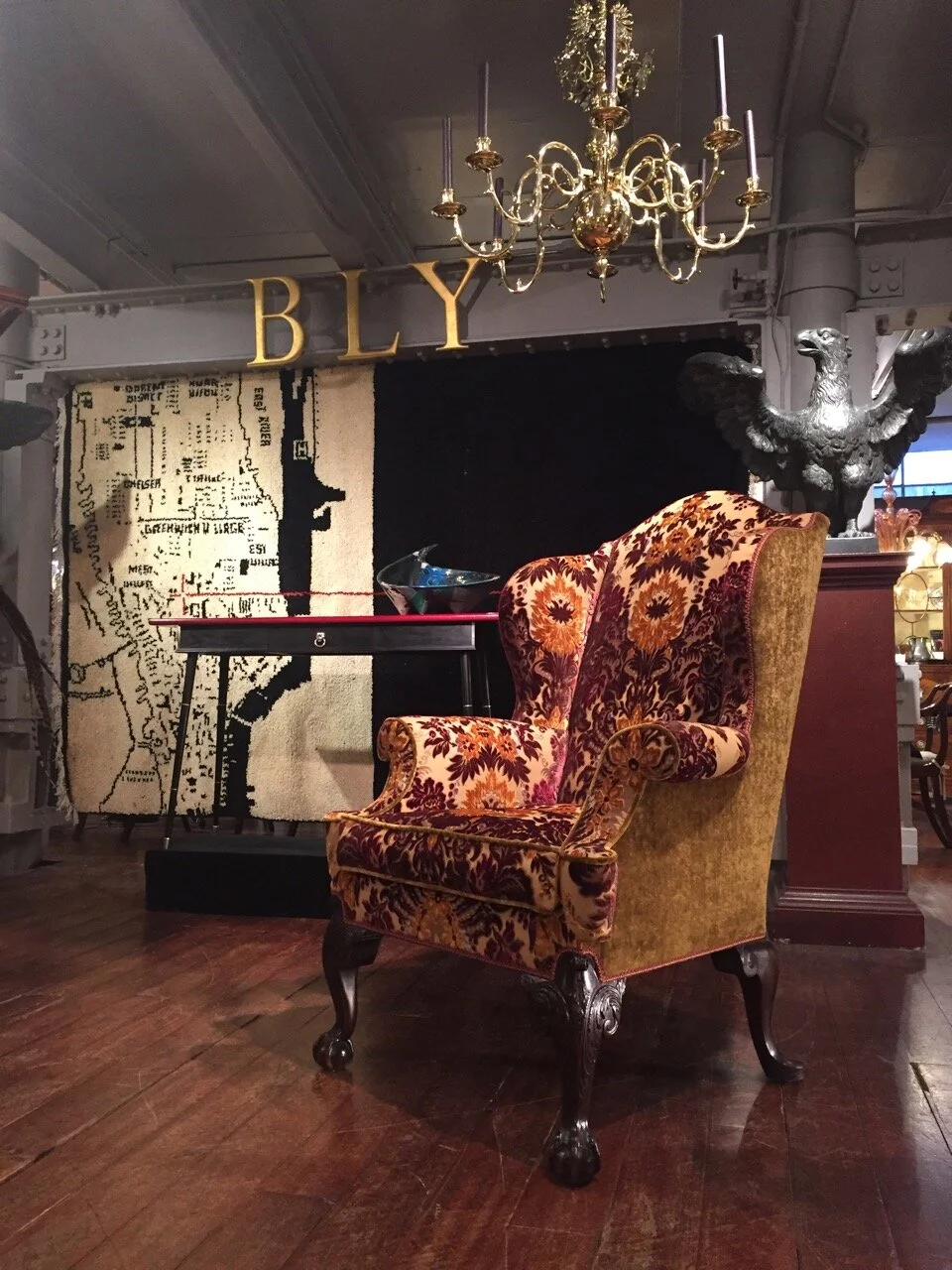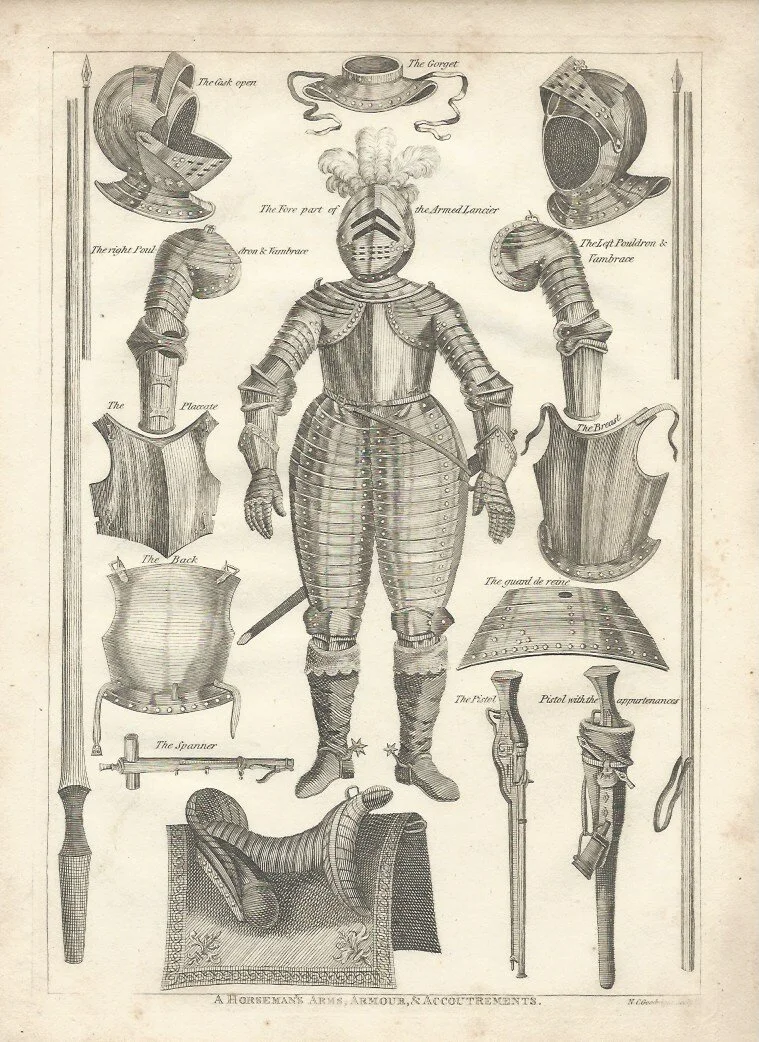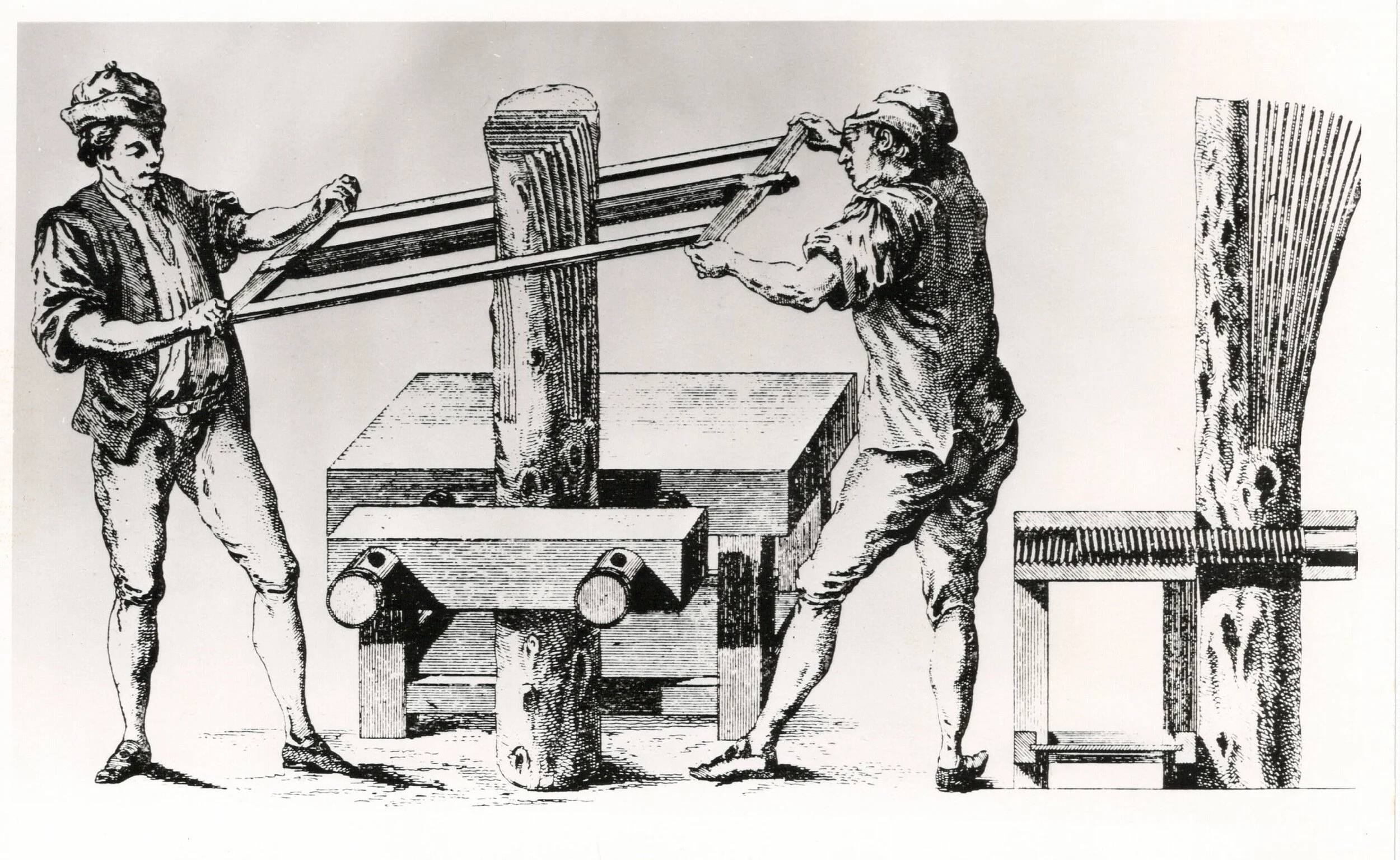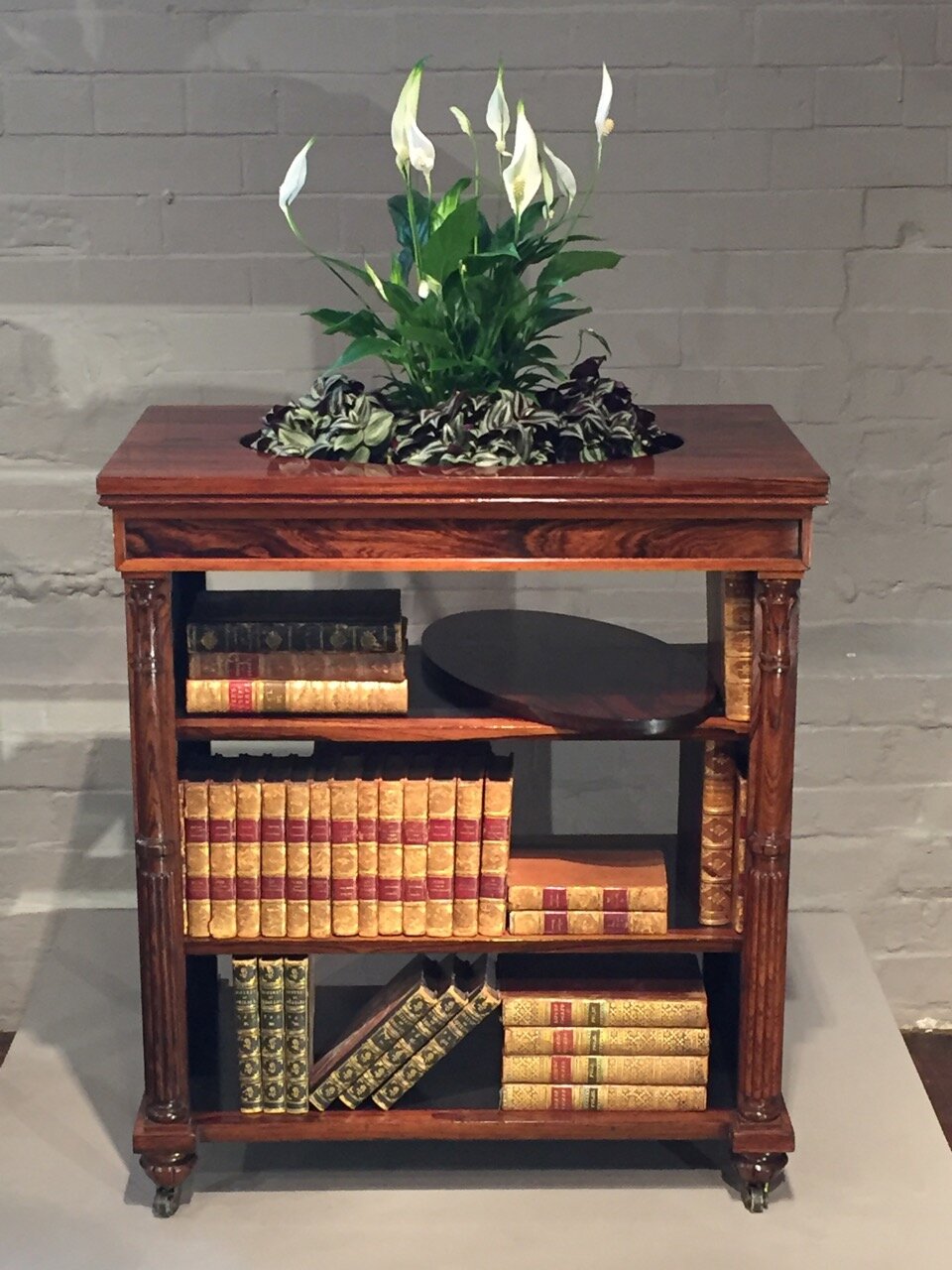Click here to see our Christmas 2020 Bounty
Bly's Bounty November Edition 2020
Bly's Bounty October 2020 Edition
Bly's Bounty September 2020 Edition
Bly's Bounty July 2020 Edition
Bly's Bounty June 2020 Edition
All In The Best Possible Taste!!
The first thirty years of the 19th century was the last period when a design style in interior décor, furniture and couture was identifiable as being exclusively for the wealthy classes as in every respect it was too outlandish, often too technically complicated and certainly too costly to manufacture for the masses. This hedonistic style is called Regency and despite its allusion to the political situation from 1811 – 1820 in this context it actually covers those years from 1784 – 1830 and describes those styles favoured by George Prince of Wales during the time from his majority to his death.
The taste encompasses extreme classicism in the Greaco-Roman and Egyptian, contemporary French and Oriental inspirations. However there would never have been such a strident departure from established good taste as associated with Sheraton, Hepplewhite and Robert Adam and favoured by ‘farmer’ George III had there not been such enmity between father and son, the King and the Prince. So when in 1784 the Prince was given Carlton House as his London residence he spurned the King’s architect, Sir William Chambers in favour of the Whig’s favourite Henry Holland, son-in-law to Capability Brown. After this great names in among the cognoscenti published design and pattern books which today give us such precise details as to the dates when certain features first appear, then get altered and finally disappear. Thomas Hope, George Bullock and George Smith spring to mind and their designs and others were put together in a compilation journal produced by Rudolph Ackerman which from 1809 – 1820 covered every aspect of fashionable life, like a mix of Interiors, Country Life and all the editions from Fishmedia put together. Studying these enables us to give accurate dating to the Sofa illustrated, in particular and in this case George Smith’s 1808 book ‘A Collection of Designs for Household Furniture’. Here can be seen the prototypes of gilt metal mounts which he features consistently in this edition but which become elaborated in his subsequent work of 1827, so around 1810 is the date. It is not difficult to imagine a young lady in the French antique classical based Empire Line dress reclining there upon, but it can still be used and enjoyed today…and an Empire Line dress is not compulsory.
Bly's Bounty May 2020 Edition
Family Memories of VE Day 1945 in Tring
During the Second World War my grandmother, Nina Bly, coped with living next door to her mother-in-law Lettie Bly, supplying her with one meal a day and helping to run the much-reduced antique shop in Tring High Street.
One of my grandmother's great friends was Mrs Brenda Kew who had no such restrictions on her lifestyle and was a constant breath of fresh air.
On VE Day dad witnessed Mrs Kew push through the crowded high street towards the shop and, out of sight of Lettie, grab my grandmother by the hand and pull her across to the Rose and Crown Hotel opposite the shop for a celebratory libation. My grandmother had never been in a public bar but suddenly there she was. All worries forgotten. For the moment at least. But it was not long before Lettie Bly noticed her absence and was soon told where she was. Dear, faithful and sympathetic Jack Waring, who looked after the workshops, was summoned and ordered to go and retrieve Nina from that den of iniquity, immediately, lest the demon drink and the fires of Hell should delay my great grandmother's next meal! And so Jack did as he was told, and came back across the road with a none-too-happy Nina. But she had at last seen the inside of a bar, and it was a long while before she saw another one. Dad tells me she took it all in her stride and sat with Lettie and him in the shop just chatting and watching the people outside having much fun. What a generation and what a lady!


